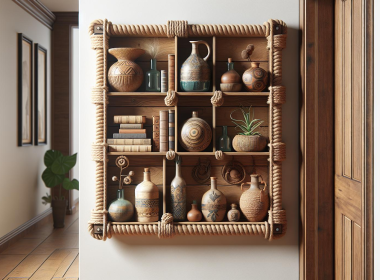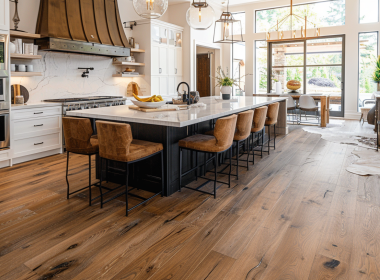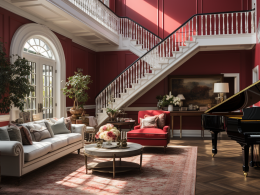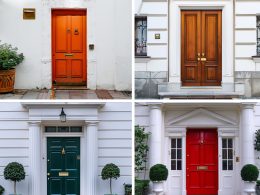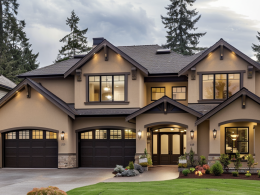Is sage green simply another shade of green, or does it belong to the gray-green color family?
This is the question many homeowners find themselves asking when considering this popular hue for their interior spaces.
Sage green has been gaining traction in home decor, but its unique green and gray tones blend can make it difficult to categorize.
In this article, we’ll closely examine the characteristics of sage green to determine whether it qualifies as a gray-green color.
We’ll also explore how you can incorporate this versatile shade into your home, providing you with inspiration for gray-green painting that will help you create a calming and inviting atmosphere.
So, let’s dive in and unravel the mystery behind the captivating sage green color!
Understanding Sage Green
What exactly is sage green? This earthy hue takes its name from the culinary herb sage, which features leaves with a muted green-gray appearance.
Sage green balances between green and gray, offering a softer, more subdued alternative to vivid greens.
Its complex undertones can range from slightly yellow or brown to cooler blue tones depending on the lighting and surrounding colors.
The appeal of sage green lies in its ability to be both calming and sophisticated. As a mix of green and gray, it evokes a sense of natural tranquility while maintaining a refined aesthetic.
Sage green is often described as soothing, making it an excellent choice for creating peaceful, relaxing spaces within the home.
Sage green has long been a popular color choice in design and fashion. It first gained prominence during the Renaissance, when it was frequently used in clothing and tapestries.
In recent times, sage green experienced a resurgence in popularity during the 1950s and 1990s.
It remains a favored hue in interior design due to its versatility and ability to complement a wide range of styles, from traditional to modern.
The Composition of Sage Green: HEX RGB Color Value
Let’s examine its composition more closely to better understand why sage green is considered a gray-green color.
Sage green is a complex hue created by blending two tertiary colors: citron and slate.
Tertiary colors are made by mixing one primary color with one secondary color.
In the case of sage green, the primary color yellow is mixed with the secondary color green to create citron, while the primary color blue is mixed with the secondary color violet to create slate.
When citron and slate are combined in equal parts, the resulting color is sage green.
This unique mixing process gives sage green its distinctive gray-green appearance, as it contains warm and cool undertones.
As a result of this blending, sage green is classified as a quaternary color, a hue created by mixing two tertiary colors.
To further illustrate the gray-green nature of sage green, we can examine its hex RGB color value. The hex code for a commonly recognized sage green is #BCB88A.
When we break down this hex code, we see that red is represented by BC (188), green by B8 (184), and blue by 8A (138).
Similar values for red and green and a lower blue value demonstrate the balanced blend of green and gray tones that define sage green.
Comparing Sage Green with Other Greens
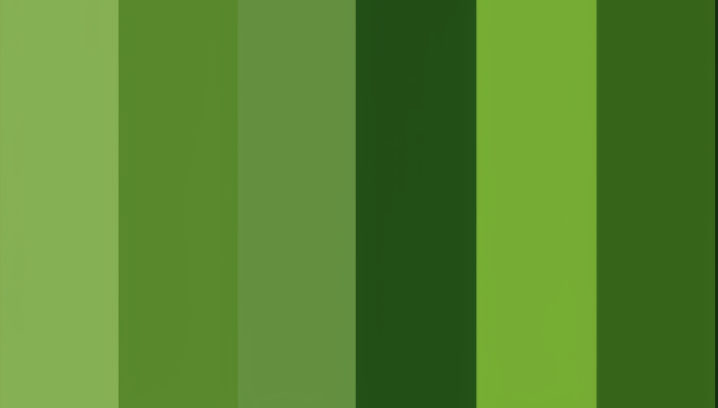
It’s helpful to contrast sage green with other shades of green to grasp its distinct qualities fully.
While many greens are known for their vibrant, lush appearance, sage green stands out with its muted, grayish tint.
This unique characteristic sets it apart from colors like emerald green, lime green, or forest green, which have a more vivid and saturated appearance.
When exploring sage green paint colors, you’ll find various options that showcase the color’s versatility.
For example, Benjamin Moore’s Saybrook Sage (HC-114) is a light, airy sage green with a soft gray undertone that creates a soothing atmosphere.
On the other hand, Sherwin-Williams’ Evergreen Fog (SW 9130) is a slightly deeper sage green with a hint of blue-gray, offering a more sophisticated and moody vibe.
The undertones in different sage green shades can greatly impact the overall appearance of the color.
Some sage greens lean towards warmer, yellow-green undertones, creating an inviting and cozy feel.
Others have cooler, blue-gray undertones that evoke a sense of tranquility and relaxation.
These subtle variations in undertones allow sage green to adapt to various design styles and color palettes, making it a popular choice for homeowners and designers alike.
Conclusion
Sage green is a captivating color that bridges the gap between green and gray, offering a versatile and soothing option for interior design.
By understanding its unique composition and the impact of undertones, you can harness the power of this gray-green hue to create a calming and inviting atmosphere in your home.
Whether you opt for a light and airy shade like Benjamin Moore’s Saybrook Sage or a deeper, moodier hue like Sherwin-Williams’ Evergreen Fog, sage green can transform your space and evoke a sense of natural tranquility.
So, what’s next? Leap and explore the world of sage green paint colors to find the perfect shade for your home and enjoy the serene and sophisticated ambiance it creates.

